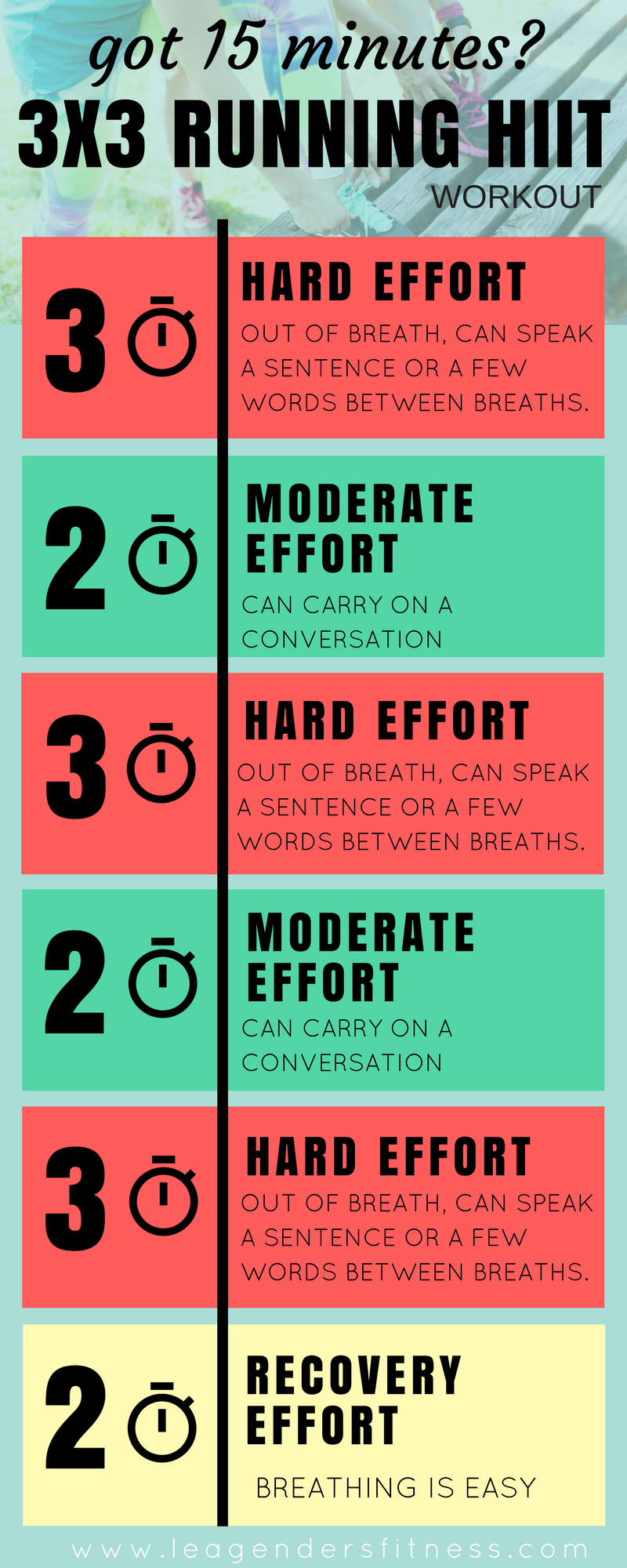Enhance Your Running Workout: Professional Strategies Revealed
Enhance Your Running Workout: Professional Strategies Revealed
Blog Article
Managing Common Running Pains: Causes, Solutions, and Avoidance
As joggers, we usually encounter various pains that can impede our efficiency and pleasure of this physical task. By discovering the origin factors for these operating discomforts, we can reveal targeted solutions and precautionary actions to guarantee a smoother and a lot more meeting running experience.
Usual Running Discomfort: Shin Splints
Shin splints, a typical running pain, often result from overuse or inappropriate shoes during physical task. The repeated stress on the shinbone and the cells connecting the muscles to the bone leads to swelling and discomfort.
To stop shin splints, people must progressively enhance the strength of their exercises, wear appropriate footwear with proper arch support, and preserve versatility and stamina in the muscle mass bordering the shin (running strategy). Furthermore, including low-impact tasks like swimming or biking can assist preserve cardio physical fitness while enabling the shins to recover.
Typical Running Pain: IT Band Syndrome
In addition to shin splints, another prevalent running pain that professional athletes often encounter is IT Band Syndrome, a problem brought on by swelling of the iliotibial band that runs along the outer thigh and knee. IT Band Disorder commonly shows up as discomfort outside of the knee, particularly during tasks like running or biking. The iliotibial band is a thick band of fascia that links the hip to the shin, and when it becomes inflamed or limited, it can scrub against the thigh bone, bring about pain and pain.
Runners experiencing IT Band Syndrome might discover a painful or hurting feeling on the external knee, which can worsen with ongoing task. Elements such as overuse, muscular tissue imbalances, incorrect running kind, or inadequate warm-up can add to the development of this condition.
Usual Running Discomfort: Plantar Fasciitis

Plantar Fasciitis can be attributed to various elements such as overtraining, incorrect shoes, working on tough surface areas, or having high arcs or level feet. To stop and reduce Plantar Fasciitis, runners can integrate stretching exercises for the calves and plantar fascia, use helpful footwear, preserve a healthy weight to decrease stress on the feet, and slowly enhance running intensity to avoid sudden tension on the plantar fascia. If symptoms persist, it is recommended to consult a healthcare professional for correct medical diagnosis and therapy choices to deal with the condition efficiently.
Common Running Discomfort: Jogger's Knee
After attending to the challenges of Plantar Fasciitis, another prevalent issue that runners typically encounter is Jogger's Knee, a typical running discomfort that can impede sports performance and create pain throughout physical activity. Runner's Knee, also understood as patellofemoral discomfort syndrome, shows up as discomfort around or behind the kneecap. Runners experiencing this discomfort may really feel a plain, aching pain while running, going up or down stairs, or after prolonged periods of resting.
Typical Running Pain: Achilles Tendonitis
Typically afflicting joggers, Achilles Tendonitis is an excruciating condition that affects the Achilles ligament, creating discomfort and potential limitations in exercise. The Achilles tendon is a thick band of cells that attaches the calf muscle mass to the heel bone, important for activities like running, jumping, and strolling - navigate to this website. Achilles Tendonitis usually creates as a result of overuse, improper footwear, inadequate stretching, or abrupt rises in exercise
Signs of Achilles Tendonitis consist of discomfort and stiffness along the ligament, especially in the early morning or after periods of lack of exercise, swelling that intensifies with activity, and perhaps bone spurs in chronic situations. To stop Achilles Tendonitis, it is necessary to stretch properly before and after running, wear appropriate shoes with appropriate support, progressively boost the intensity of exercise, and cross-train to reduce repeated stress and anxiety on the ligament.
Conclusion

Report this page